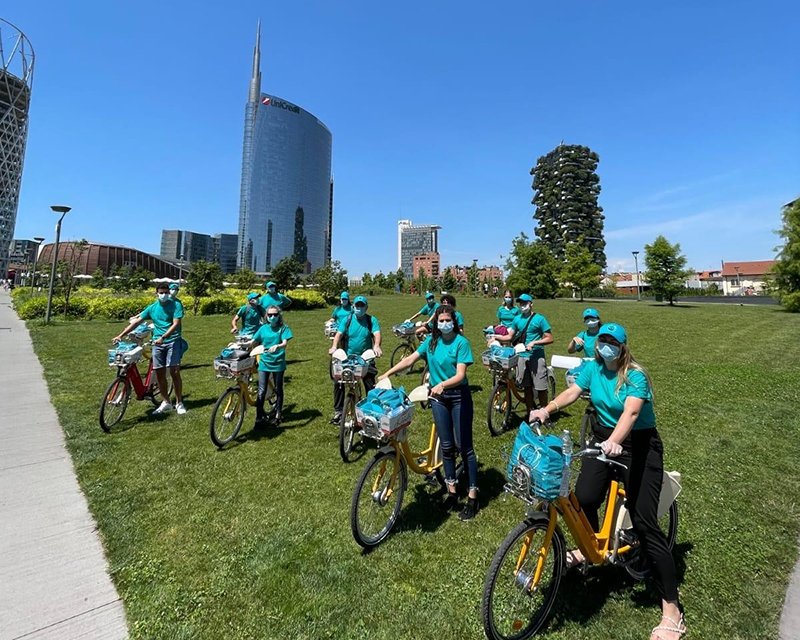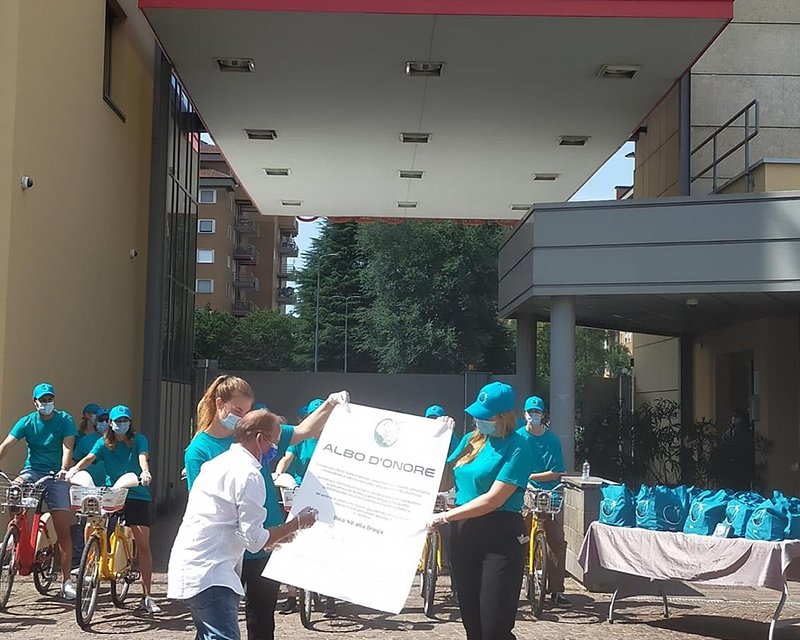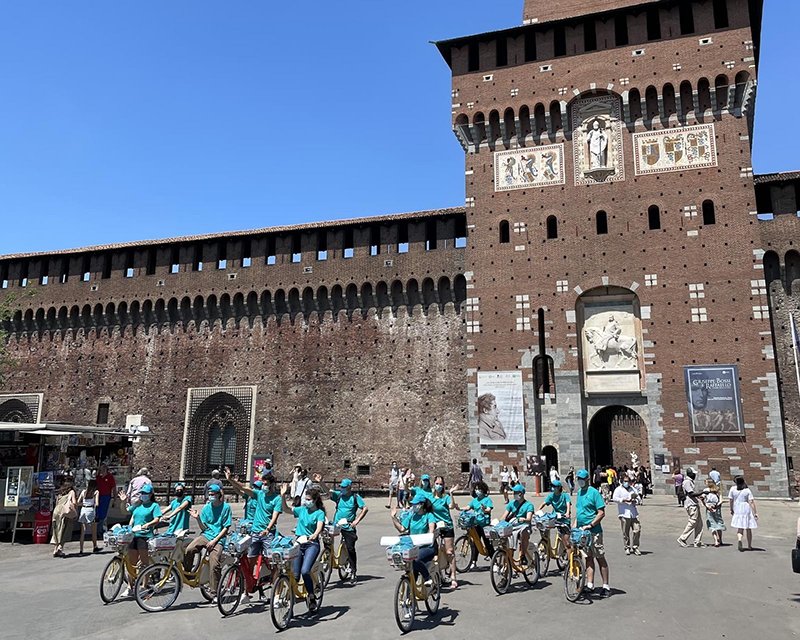Titanium dioxide is most commonly used in white icing and cream, which are added to cakes. The EC They do not change DNA – there are no such indications. This process is physically impossible – titanium dioxide is insoluble in water.
Studies show that titanium dioxide carries a carcinogenic risk and impairs reproductive function.
The additive E171 can no longer be considered safe for use in food. This is stated in a report by the European Food Safety Authority (EFSA), which refers to research and data.
It is E171 or titanium dioxide, which is used for bleaching mainly in the food industry: in bread, powdered milk, and most often in confectionery, especially in white icing, cream, chewing gum, ice cream and others. Although the evidence for the toxic effects of the additive is not conclusive, the EFSA assessment suggests that the possibility of titanium dioxide-containing nanoparticles being genotoxic cannot be ruled out.
Genotoxicity is the ability of a substance to damage DNA (ie the genetic code included in DNA) and thus cause mutations or cancer. The mutation is defined as an irreversible change in the genetic material of the cell that can be passed down through the generations, the experts added.
Studies in rodents show that the supplement carries a carcinogenic risk, especially for colon cancer, as well as a risk of impaired reproductive function and neuronal toxicity. To date, no studies on humans have been performed on the presence of these effects. But the fact that the food supplement E 171 contains nanoparticles is of concern to scientists.
However, in order for the additive to be banned, the European Commission must decide on a ban on its use within the EU. The Center for Risk Assessment in the Food Chain reminds that the content of the food additive titanium dioxide (E171) should be indicated on the label, for consumer information.
Until recently, we thought that E171 was quite innocent, because it is almost a product of natural origin. However, it was found that in larger quantities it is not digested, and there are enough reasons to eat bleached confectionery, especially ice cream in the summer. In addition to gastrointestinal problems, it turns out that E171 can also have an allergic effect, an unpleasant effect on various autoimmune diseases, but mostly cancer – the thyroid gland. It turns out to be quite risky.
There are already countries that are giving it up. The European Food Safety Authority (EFSA) said there was not enough scientific and medical evidence to ban E171 in all EU countries, so each government could make its own decisions.
If I eat one ice cream a month is not a problem, but now we will eat more, and it always whitens. That’s why it’s important for people to look at the composition on the label. Such an additive, ie a process improver such as titanium dioxide in this case, is always prescribed.
If people in the weekly market buy more than three products with such an attractive white color, just think and do it no more. Children become aggressive and hyperexcitable from such food additives – the central nervous system and kidneys react risky in case of overconsumption.
E171 alone is unlikely to be a single risk factor, but we consume continuously processed foods that contain dozens of other E’s or additives. Note that EFSA allows them to be labeled both as a chemical name, ie without an E, and as a signature with an “E”, and this is misleading. That is, when people see more than three unknown ingredients, do not buy this product.
There is little to think about before banning titanium dioxide, because the alternative is to eat limestone, because calcium carbonate is its substitute. Going to extremes is not good. The problem with it is that it is considered dangerous because it forms nanoparticles that can physically enter the human body and damage cells and tissues. People should pay attention to the hygiene of the places where they buy bulk ice cream.
According to traditional recipes, ice cream is a dairy product. But “unfortunately, ice cream is increasingly becoming a plant product. Milk fat is replaced by vegetable fat. To thicken, they add flour or starch – corn or wheat. This is done because plant products are cheaper. The more plant components in ice cream, the longer the shelf life, because even bacteria do not like these ingredients. The longer the shelf life, the farther the recipe is from the original.
When buying bulk ice cream, there are several things that consumers can pay attention to in order to assess the hygiene in the respective store. The first and most important thing is where the spoons are. They should be in the refrigerator and have a spoon for each type of ice cream. It is not correct to use a spoon and keep it outside the refrigerated display case at room temperature. When we take an ice cream scoop, it must be individually packaged.
When consuming ice cream contaminated with bacteria and microorganisms, the consequence is most often a mild stomach upset.




